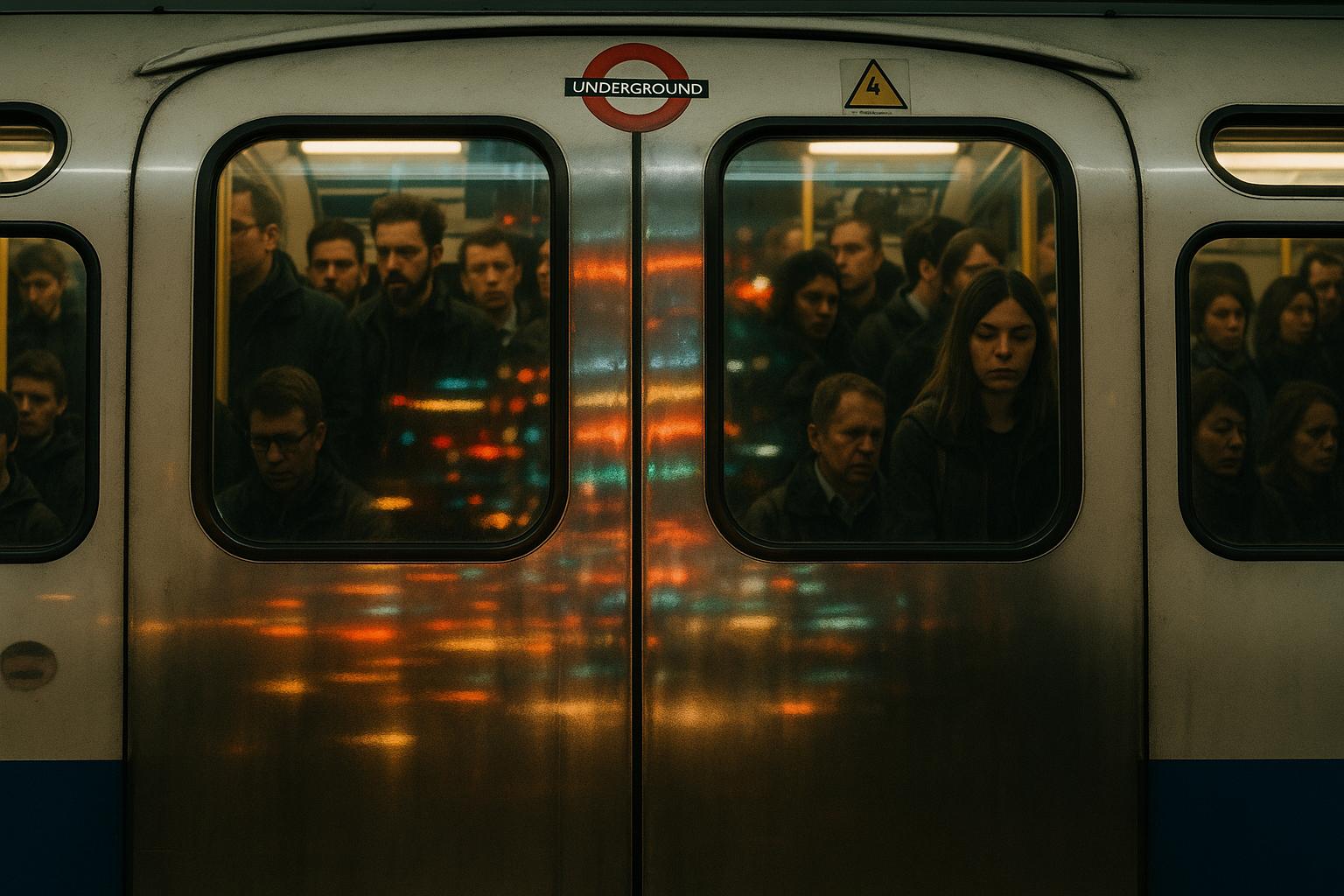A recent survey by Savanta and the Centre for London think tank reveals a complex picture of Londoners’ attitudes toward public transport, highlighting both significant concerns and potential levers for increasing usage. The data shows that nearly half of Londoners would prefer using public transport over driving if fares were reduced. This affordability aspect remains a key factor, reinforcing findings from a 2019 London Assembly survey which identified cost as a primary barrier for 32% of infrequent or non-users.
Beyond fares, over a third of Londoners cited improvements in safety, crowding, and reliability as critical for encouraging them to choose public transport. This aligns with ongoing issues highlighted by Transport for London’s recent crime data, where almost 40% of passengers reported feeling worried during their journeys, with concerns focused on drunken behaviour and anti-social conduct, particularly on buses and the Underground. Overcrowding, cited as a deterrent by 11% of Underground users and 13% of bus passengers, compounds these worries and echoes earlier research indicating that discomfort from crowding and heat remains a significant challenge.
Survey respondents also emphasised the need for increased accessibility and better amenities; 34% indicated that greater ease of access would encourage more frequent use, while 19% desired more public toilets on the network. These concerns reflect broader dissatisfaction captured in Transport Focus and London TravelWatch surveys, which show that London bus and Underground passengers are less satisfied with cleanliness and the ability to socially distance compared to passengers outside the capital, impacting perceived comfort and safety.
Despite these challenges, there are signs of growing confidence among Londoners. According to Centre for London polling, nearly two-thirds (62%) now feel comfortable visiting central London, a notable rise from 52% in September 2020. Optimism about employment prospects has also increased, with 45% of Londoners feeling positive about their job outlook over the next year. This improved sentiment could foster a resurgence in public transport use if services improve to meet the expectations of safety, comfort, and affordability.
Satisfaction levels across different modes of transport paint an uneven picture. While 52% of Londoners express happiness with rail and bus services, approval of cycle lanes and pavements lags behind at around a third each, and only a quarter feel satisfied with parking options. The rising proportion of residents unhappy with transport services and air quality highlights further areas for policy focus.
Taken together, these findings illustrate that London’s public transport system is at a crossroads. Affordability, safety, reliability, and comfort are intertwined concerns that must be addressed holistically to rebuild confidence and increase ridership. Addressing issues such as inflation of fares, enhancing safety measures to reduce crime and anti-social behaviour, improving cleanliness, and expanding accessibility and amenities could collectively unlock the potential for a more sustainable and widely used transport network, crucial for supporting London’s ongoing economic recovery and growth.
📌 Reference Map:
- [1], [2] (Evening Standard) - Paragraph 1, Paragraph 2
- [7] (Evening Standard) - Paragraph 2
- [6] (London Assembly) - Paragraph 1
- [4] (London TravelWatch) - Paragraph 3
- [3] (Centre for London) - Paragraph 4
- [5] (Centre for London) - Paragraph 5
- [2], [1] (Evening Standard) - Paragraph 6
Source: Noah Wire Services
